Final thoughts on the R7 pedals from Simgrade. Out of the box, these pedals have the look and feel of a top tier pedal set. They have some heft to them. With brake pedal weighing
in at over 7 pounds or 3.2 Kilos. They are constructed from 4mm and 3mm stainless steel plates. There is a noticeable absence of plastic here. Which I consider to be a good thing. One of the first things you notice about these pedals is the different take the engineers have used in an effort to enhance pedal ergonomics. In addition to the usual pedal face design
they incorporate a two piece heel support feature. With the heel rest actually moving with the pedal lever when actioned. In use, it induces more of a pivot motion along the ankle area. Where normally the ankle tends to pivot less and move forward when using a pedal. I found this action gave me a sense of having a bit more control or accuracy than when pushing
on a normal pedal setup. However, when looking at my comparable lap times, it did not improve upon them. Still, it did give a bit more confidence on corner exits when modulating the throttle. Of course, this feeling is very subjective and others may not feel what I did. All the pedals use Mavin load cells to transmit pressure data. With the brake pedal sporting a 200 kilogram unit. Maximum available foot pressure for the brake pedal is stated to be 120 kilograms. There are a lot of adjustments available on these pedals. Allowing the users to dial in their preferences to the millimeter. The brake pedal has three default configurations. Road car, GT, and F1. With an elastomer selection that you can mix or match. Changing out the elastomers and supporting washers can be a bit fiddley. And the same goes for setting the preload for the elastomer stack. Which requires switching out spacers, washers and maybe
a different bolt length. Once I had done it a couple of times, it did become easier. And the included manual clearly explains the process. Speaking of which, Simgrade has produced what I would consider to be a very good manual for this pedal set. Something that is sorely lacking in many of the pedal sets I have reviewed in the past. I was able to get some heel and toe driving in with the R7’s. Even though I don’t think the engineers had this in mind when creating them. Which again speaks to the amount of adjustability these pedals bring to the table. The controller box is looked to be a 3D printed unit. Inside we found a very professional looking, and well laid out circuit board. Keeping in line with the overall construct level of this heavy pedal set. My overall experience driving these pedals was very positive. Having the heel plate move with the pedal lever was something I got used to quickly. To me it felt…different, not really any better than the pedals I drive with. But certainly not any worse either. As my usual lap times proved. They certainly belong with other top teir pedal sets I have tested to date, considering their build quality and materials used. Just a really heavy duty set of pedals that should stand the test of time.
Simgrade° R7 Pedals Review
September 18, 2021 7:51 pm
More videos
(Visited 1 times, 1 visits today)
Tags: assetto corsa, bodnar, computer racing, D-BOX, f1, fanatec, forza, gamer, gaming, gran turismo, Heusinkveld, HPP, IMSA, iracing, logitech, momo, motion simulator, nascar, oculus, online racing, PS4, racing, racing pedals, racing seat, racing simulator, racing wheel, RF2, rfactor, scca, shifter, Sim Lab, Sim Racing, sim racing cockpit, sim racing garage, simracing, simulation, simulator, simxperience, sparco, thrustmaster, triple monitor, vr, WEC, XBOX, Xero Play
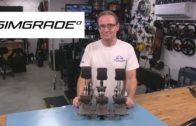
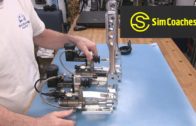
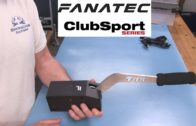
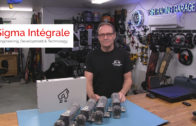
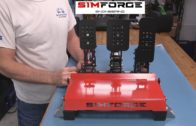
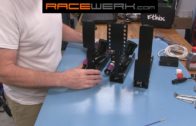

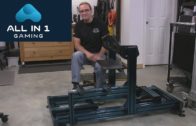
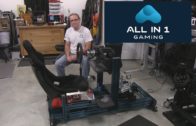
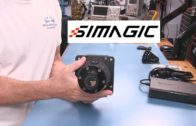
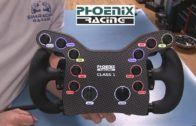
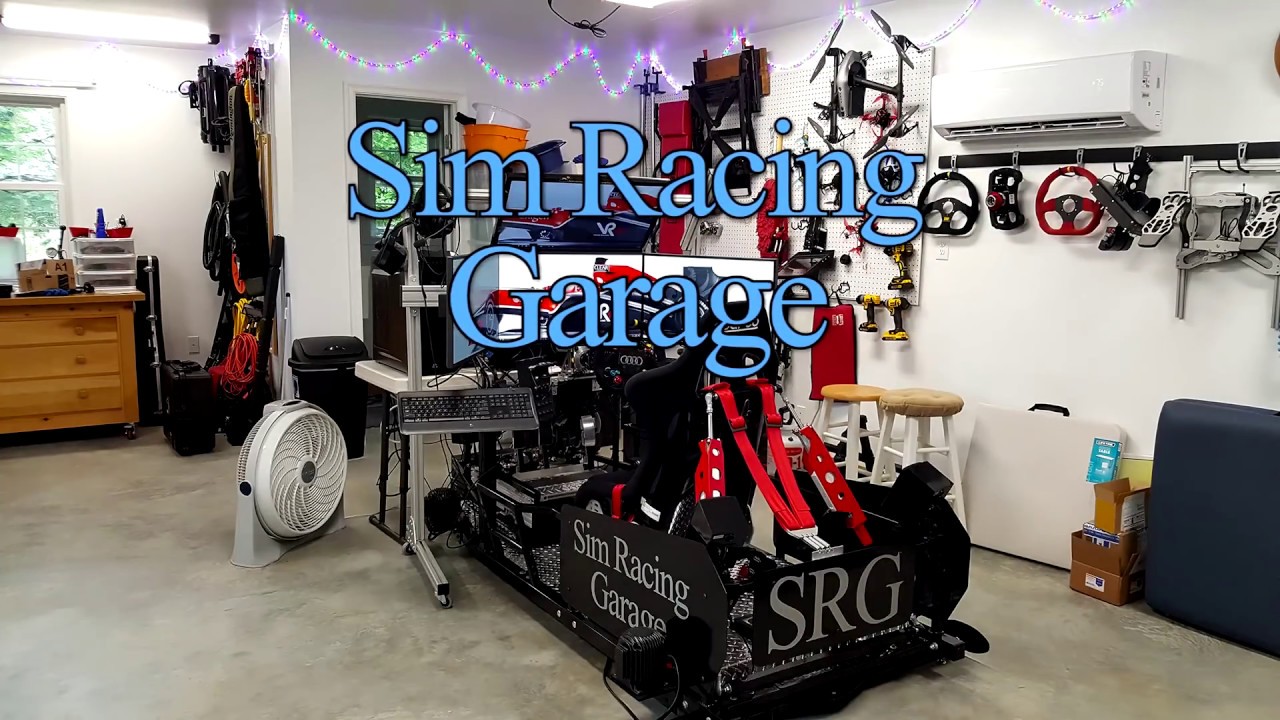
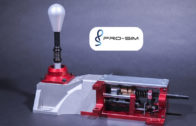
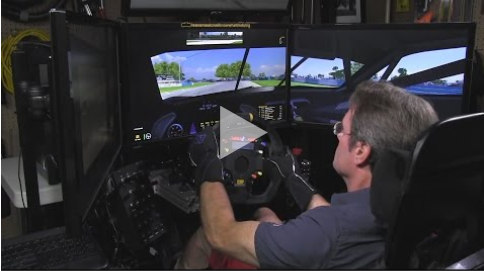
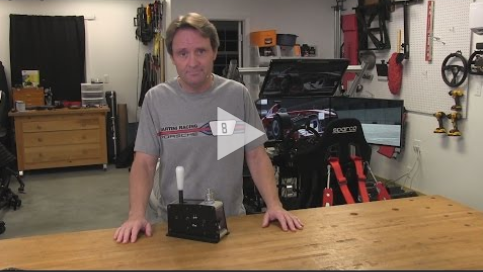

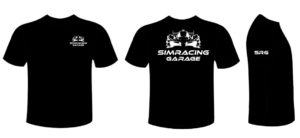
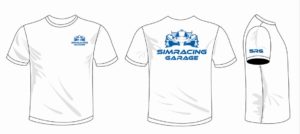
Leave a Reply
Be the First to Comment!
You must be logged in to post a comment.
You must be logged in to post a comment.